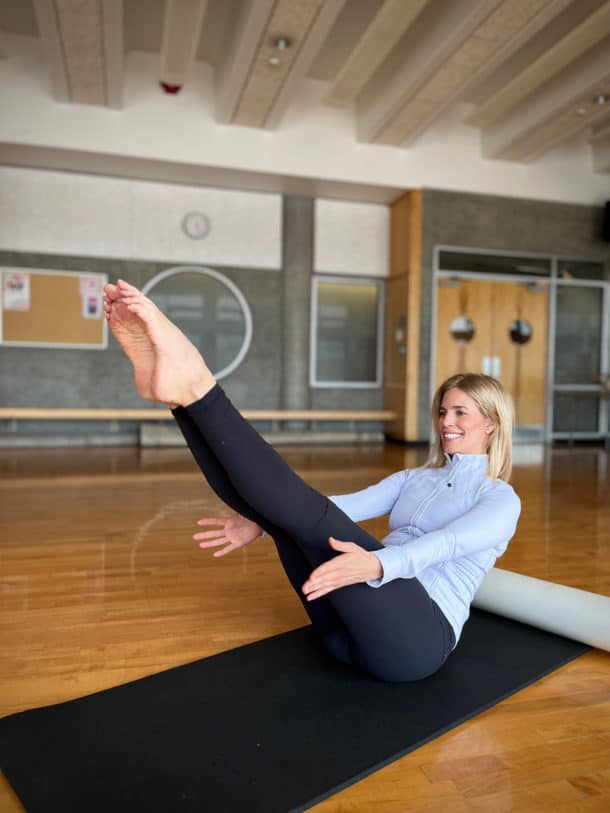How to safely start or return to a workout program.
If you’re interested in starting or returning to a workout program, you may have been advised to start slow. These five insights will help you start slow and develop a workout program to improve your health and wellbeing.
Five tips for starting or returning to a workout program.
1/ Get medical clearance
If you are recovering from an injury or surgical procedure, consult a sports medicine specialist before returning to regular programming. Returning to sports and activities too early can delay healing and may even set you back with another injury.
If you have an active medical condition such as diabetes or hypertension, consult your primary care physician to get their input on the types of activities they recommend. For instance, they may recommend brisk walking over running. You’ll still get the cardio benefits without the added load and stress on your joints.
2/ Develop a reasonable plan
Once you have medical clearance and input from your doctor, develop a plan that you can stick with for the long haul. Think about which days are best for you to workout or play, what time of day is best for you and how much time per day you can allocate.
Based on how much time you can allocate, develop some goals and how you’d like to reward yourself for achieving those goals. The goal could be a specific exercise, a distance, a time or simply sticking with your plan.
3/ Get professional input
Instructors and trainers can help you develop a progressive program and improve your form so that you get the most out of each workout. Those who do the same sports and activities as you have likely experienced the same types of injuries and setbacks. Talk with them about their experience and learnings.
4/ Ask for support
Everyone is different in terms of the amount of support they need at different times of their life. Work and life can take a toll on everyone at times so don’t be scared or embarrassed about needing support. The people who care about you and your health and wellbeing will be more than happy to support your efforts. Make your asks specific and be open to counter offers of what they can give.
5/ Know your limits
Forget about the “no pain no gain” mantra that many gym rats love to live by. Pain during a workout is not a good indicator of progress. It’s actually a warning signal that you’re pushing yourself too hard. If you feel pain, stop and if you’re working with an instructor or trainer, tell them so that they can modify the exercise or workout.
According to Harvard Health, other warning signals to be aware of when starting or returning to a workout program include:
1/ Upper Body Discomfort: chest pain, aching, burning, tightness or a feeling of fullness
2/ Faintness or loss of consciousness
3/ Wheezing or shortness of breath that takes more than 5 minutes to go away.
4/ Pain in bones or joints
5/ Other warning signals specific from your doctor.
Starting with Pilates
According to Peter Attia, MD author of Outlive, Pilates which is used for physical therapy, is a safe way for starting or returning to a workout program. In addition to rehabbing injuries, a regular Pilates practice will help you build strength and flexibility and improve your balance. All of which is needed for good health and longevity. Subscribe to Shannon Smith Living below to get workouts, insights and tips delivered to your inbox each week.
Last Updated: 6/27/2023
Contact Us
We're interested in partnerships with brands that share our interests and values.
Create a Free Account
Receive weekly emails with workouts, tips & offers to help you live more vibrantly.



